The integration of vector databases into AI applications has emerged as a game-changing development in the tech industry. As artificial intelligence continues to evolve, the need for efficient data storage and retrieval mechanisms has become increasingly critical. Vector databases, designed to handle high-dimensional data, are now playing a pivotal role in accelerating AI workflows across various domains.
The Rise of Vector Databases
Traditional databases were not built to handle the complex data structures that modern AI systems generate. Vector databases, however, are specifically engineered to manage high-dimensional vectors, which are the lifeblood of machine learning models. These databases enable rapid similarity searches, making them indispensable for applications like recommendation systems, natural language processing, and image recognition.
Why Vector Databases Matter for AI
One of the most significant advantages of vector databases is their ability to perform nearest neighbor searches at scale. This capability is crucial for AI applications that rely on similarity matching, such as finding relevant products in e-commerce or identifying similar documents in legal research. By reducing the computational overhead associated with these operations, vector databases allow AI systems to deliver results faster and more accurately.
Real-World Applications
In the healthcare sector, vector databases are being used to accelerate medical image analysis. Radiologists can now query vast databases of medical images to find similar cases in seconds, aiding in faster and more accurate diagnoses. Similarly, in the financial industry, these databases are helping detect fraudulent transactions by comparing new transactions against historical patterns in real-time.
Challenges and Considerations
While vector databases offer numerous benefits, they are not without challenges. One of the primary concerns is the trade-off between accuracy and speed. As the dimensionality of vectors increases, maintaining both precision and performance becomes increasingly difficult. Additionally, integrating vector databases with existing infrastructure can require significant engineering effort.
The Future of Vector Databases in AI
As AI applications continue to grow in complexity, the demand for specialized databases like vector databases will only increase. Innovations in hardware, such as GPUs and TPUs, are further enhancing the capabilities of these databases. Looking ahead, we can expect vector databases to become even more integral to AI systems, enabling breakthroughs in fields ranging from autonomous vehicles to personalized education.
In conclusion, vector databases represent a significant leap forward in the quest to make AI applications more efficient and effective. By addressing the unique data handling requirements of machine learning models, these databases are unlocking new possibilities across industries. As the technology matures, its impact on the AI landscape is likely to be profound and far-reaching.

By /Jul 11, 2025
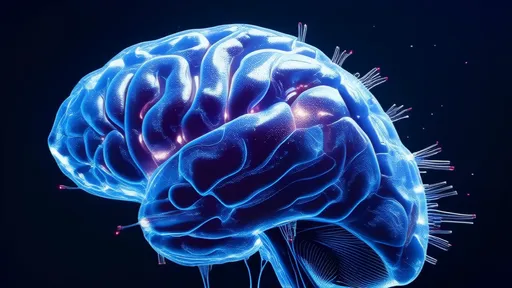
By /Jul 11, 2025

By /Jul 11, 2025
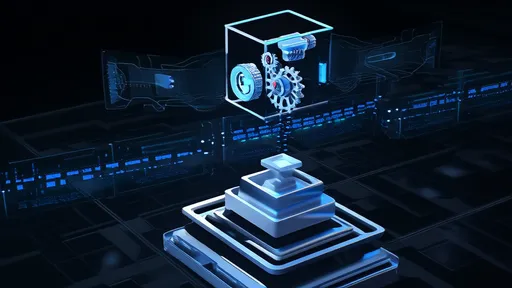
By /Jul 11, 2025
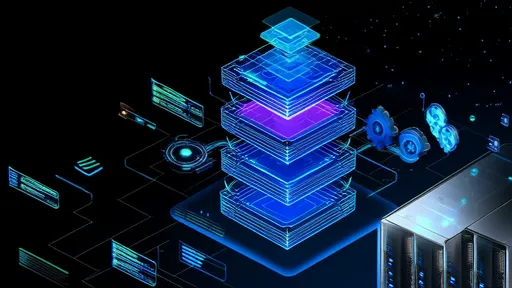
By /Jul 11, 2025

By /Jul 11, 2025

By /Jul 11, 2025
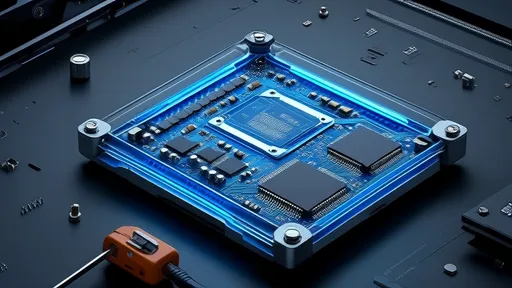
By /Jul 11, 2025

By /Jul 11, 2025

By /Jul 11, 2025

By /Jul 11, 2025
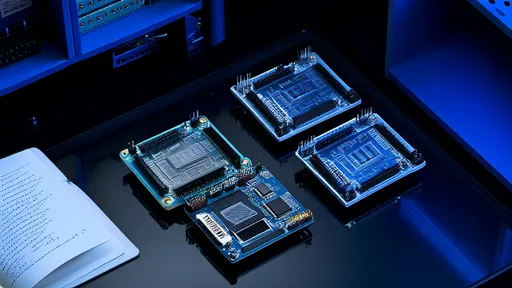
By /Jul 11, 2025

By /Jul 11, 2025

By /Jul 11, 2025

By /Jul 11, 2025

By /Jul 11, 2025
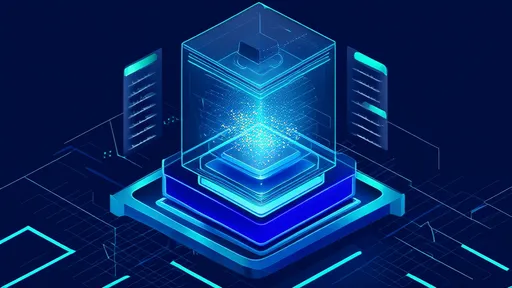
By /Jul 11, 2025

By /Jul 11, 2025